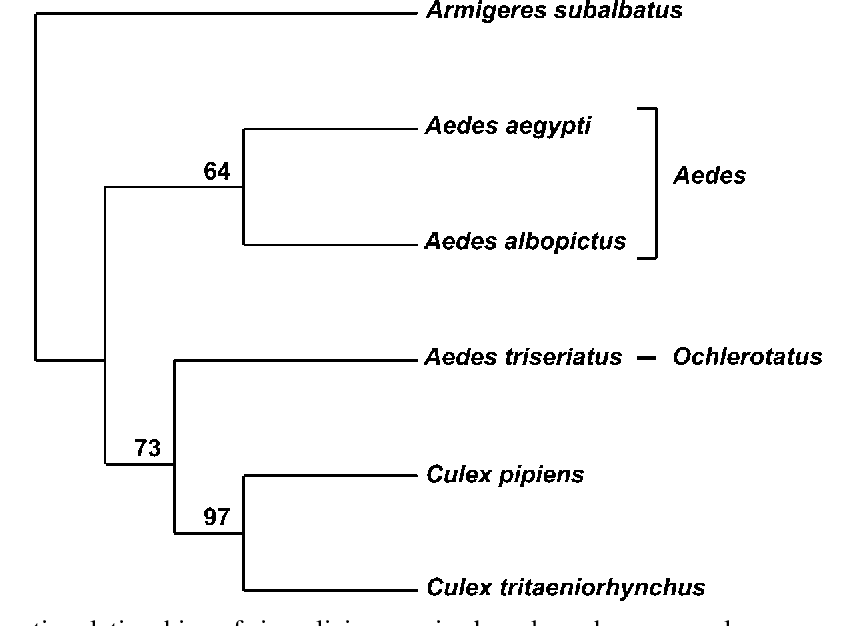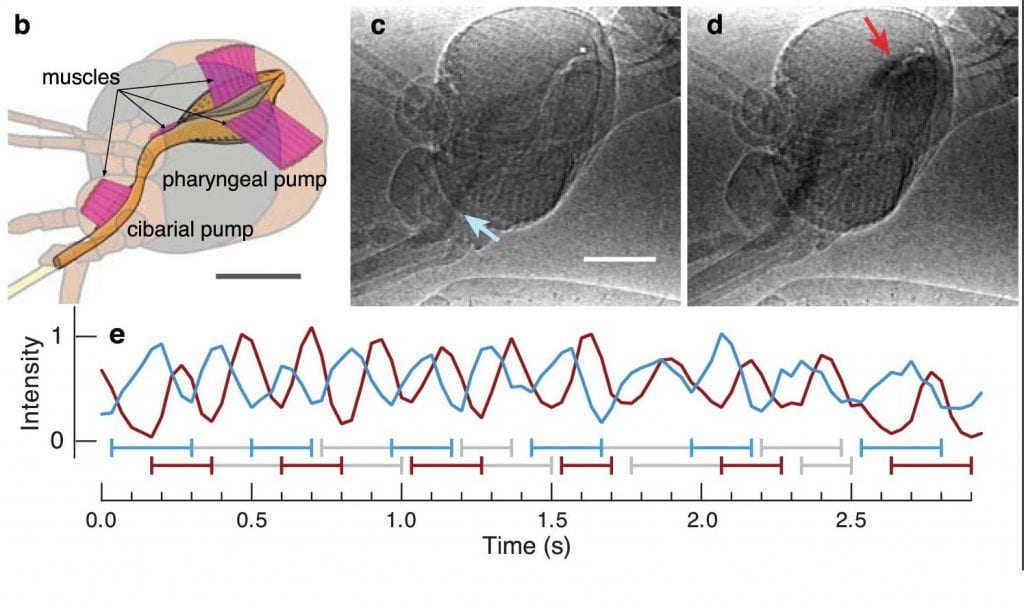“Winter is coming.” This is the well-known motto of House Stark, one of the greatest families in the fantasy-land of Westeros, on the very popular TV series, Game of Thrones. To the Stark family, “Winter is coming” serves a call for action to prepare the people of North Westeros for the harsh cold, famished, and usually war-stricken winters of the land. The calling prepares the people of Westeros to prepare to survive through the dangerous times ahead.
“Winter is coming,” is also a message received through diapausing insects, or insects that engage in a temporary state of dormancy during unfavorable environmental conditions, such as cold winters. The Asian Tiger Mosquito engages in diapause during winter months to take time to grow and develop in an otherwise dangerous environment.
In my chosen article, “When mothers anticipate: Effects of the prediapause stage on embryo development time and of maternal photoperiod on eggs of a temperate and a tropical strains of Aedes albopictus”, the effects of photoperiod (day-length exposure) and diapause dormacy were examined on the eggs of the Asian Tiger Mosquito. The author hypothesized that inducing diapause on Aedes albopictus mothers will have effects on egg and larvae development. The article concludes that changes in photoperiod and diapause on both the eggs, larvae, and mothers of Aedes albopticus caused changes in embryonic developmental timing and egg size.
Background info:
Diapause is defined as a hormonally-programmed physiological state of suspended development of an insect during unfavorable environmental conditions such as harsh, wintry cold. The purpose of engaging in diapause allows the Asian Tiger Mosquito to increase chances of its survival in harsh conditions. The adult mosquitoes, and eggs of these mosquitoes participate in diapause. Egg diapause allows the Asian Tiger Mosquito larvae to hatch at a later, more environmentally favorable time. In other insects, the increased time of development allows the organism to acquire additional lipid storage, metabolism changes, and increased protein synthesis.
The ability for the Asian Tiger Mosquito to undergo diapause is in part caused by the organism’s photoperiodism. Photoperiodism is defined as the ability of an organism to determine seasonal, day-length changes and react to those changes. Being able to determine day-length changes will initiate the organisms’ ability to engage in biological events such as reproduction, dormancy, or migration. The Asian Tiger Mosquito’s photoperiod, or period time spent in illumination of the day, is crutial to its development and survival. For example, it has been observed in previous experients that larvae of Aedes albopictus take a longer time to reach developmental maturity in the absence of light exposure.
Materials & Methods:
Two populations of A. albopictus, a diapausing temperate strain from Europe, and a non-diapausing south-east African tropical strain, were used in this experiment. The adult mosquitoes were placed in a lab room under a constant environment with a photoperiod of 16 and 8 hours of darkness. Only the diapausing temperate strain had included diapause by feeding. During egg laying, serosal cutical appearance, egg burster appearance (last morphological trait to appear), pigmented ocelli, segmentation, and egg volume of both groups were measured. The larvae and eggs of the two strains were placed in photoperiodic chambers, with non-diapausing long-day conditions (“LD”, 16 h of light, 8 h darkness) or short-day conditions (“SD”, 9h light, 15h darkness).
Results:
The egg size of temparate, diapausing, short-day larvae mosquitoes (dark blue) was larger than othre groups:

The embryonic development of temperate, SD, diapausing group (blue) was slower than others:

Discussion:
The concluded data demonstrates the idea that diapause and short-day, temperate strains in A. albopictus will cause developmental delay in offspring and larger egg size. The reasoning behind this is to make better and bigger eggs to adequately adapt the harsh living conditions of the temperate strain. For example, the larger yolk in eggs will be able to supply the embryo with more nutrients. Thus, increasing the survival of embryos.
Maternal photoperiod has a direct influence on egg size. Long day length mosquitoes produced longer and narrower eggs that possessed changes in the outer chorion structure.

A) How do these findings apply to broader issues in science and/or the world?
By better understanding how diapause effects the Asian Tiger Mosquito, and other organisms, new developmental strategies can be implemented on mosquito population control. For example, practicing techniques that inhibit diapause in populations of these mosquitoes will lead to a lesser chance of winter survival, and in turn may lead to a decline in vector transmission of viruses through these mosquitoes.
D) What are some further experiments that would answer remaining questions?
To further study the effects of diapause and photoperiod on the Asian Tiger Mosquito and other organisms, research could be made on the molecular level. For example, genomic changes and proteomic (protein) changes within the larvae, eggs, and mother can be observed in further study to better clarify the benefits of diapause on organisms.
Citation, Link, & Info:
When mothers anticipate: Effects of the prediapause stage on embryo development time and of maternal photoperiod on eggs of a temperate and a tropical strains of Aedes albopictus (Diptera: Culicidae)
Journal of Insect Physiology: Volume 71
December 2014, Pages 87-96
Lacour, Guillaume & Vernichon, Florian & Cadilhac, Nicolas & Boyer, Sebastien & Lagneau, Christophe & Hance, Thierry. (2014). When mothers anticipate: Effects of the prediapause stage on embryo development time and of maternal photoperiod on eggs of a temperate and a tropical strains of Aedes albopictus (Diptera: Culicidae). Journal of Insect Physiology. 71. 87-96. 10.1016/j.jinsphys.2014.10.008.








